What is the price tag for the audacious Obamanomics experiment? How much has it all cost -- the bailouts, the debt, the stimulus plans, the printing of cheap money, Obamacare and all the rest?
The answer to that question is just shy of $12 trillion. That's the sum of the $8.3 trillion added to the national debt since Sept. 15, 2008 (the day Lehman Brothers filed bankruptcy) for all the government spending and the $3.5 trillion of easy money flushed into the economy by the Federal Reserve through the initial monetary expansion -- QE1, QE2 and QE3.
That's nearly $12,000,000,000,000. There's 12 zeroes in 12 trillion, in case you're counting.
This gargantuan number helps explains why Americans aren't buying into this "recovery" -- and why they flatly reject Barack Obama's proclamation that everything is so much better than when he entered office.
It explains why a majority of Americans think the economy is headed in the wrong direction, even as the government statistics on jobs and inflation suggest improvement.
It explains why Obama's policies were so thoroughly dismissed during the midterm elections earlier this month.
Maybe Americans are still clinging to old-fashioned virtues, but their common sense tells them that you don't borrow and inflate your way to prosperity.
They hear the $12 trillion time bomb ticking and can't quite understand why Janet Yellen, chairwoman of the Federal Reserve, is doing an end zone dance these days. She might as well have borrowed George W. Bush's celebratory banner proclaiming: "Mission Accomplished."
Recommended
Maybe Americans are a bit overwrought with pessimism. But there is no denying that the scale of government spending paid for with IOUs and the printing of money is nearly unprecedented in American history. No one knows how the story ends. But in other countries it hasn't been a pretty picture.
On the borrowing front, economists can argue until the cows come home whether the debt "stimulus" helped bump up growth when the money was spent. But now that the money has all been doled out and flushed through the economy, there is no stimulus left, just the hangover effect of $8 trillion in unpaid bills. They have to be paid eventually.
Government debt isn't inherently evil. It depends on what you use the money for.
We borrowed trillions (in today's dollars) to win World War II. It was worth it. We borrowed another $2 trillion during the Reagan years to finance winning the Cold War and rebuilding the private economy with growth hormone tax cuts.
What do we have to show for Obama's $8.3 trillion in debt? Solyndra? More than 46 million Americans on food stamps? Obamacare's dysfunctional website?
Amazingly, we've opened up the floodgates on borrowing even at a time when we've severely slashed the military budget.
The question none of the Obama enthusiasts dare answer is what happens if and when interest rates start to drift back upward. Each single percentage point rise in rates causes the U.S. deficit to rise by nearly $1.8 trillion over 10 years. So a 300 basis point rise in rates -- nothing more than a return to normalcy -- would mean more than $5 trillion rise in federal deficits.
If that happens the debt servicing costs would grow astronomically and interest payments would become the biggest expense item in the budget.
The $3.5 trillion in quantitative easing has become the crack cocaine of Wall Street. The high rollers are betting the farm that Janet Yellen will be able to pull back in the nick of time.
Maybe. But all we can go on is historical experience. When other nations have tried to print their way to prosperity, the story hasn't had a happy ending. For Argentina, Bolivia, Mexico and others, easy money policies have crashed state economies and ended in misery. The poor have been hurt the most.
The ruling class keeps advising us that we should stop worrying and be happy.
The problem for the architects of these policies is that the workers and voters aren't buying it. They don't think any of this new math adds up. And history proves more often than not, they are right.

















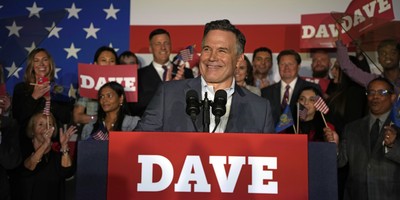

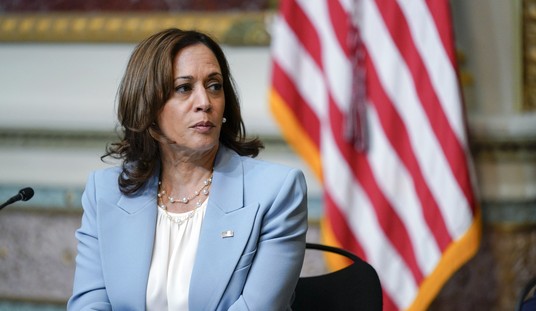
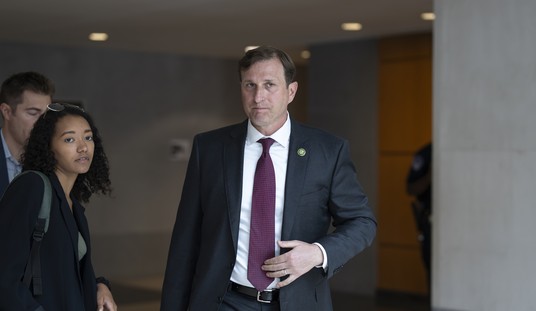
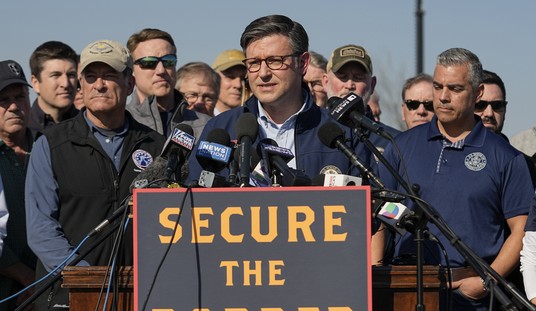
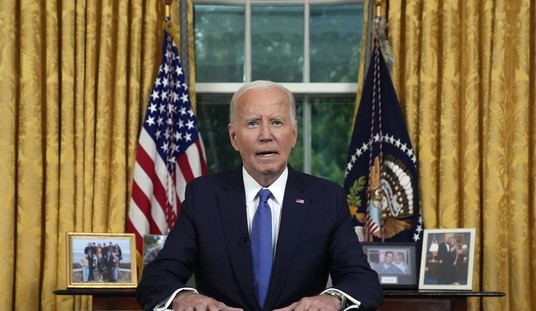


Join the conversation as a VIP Member